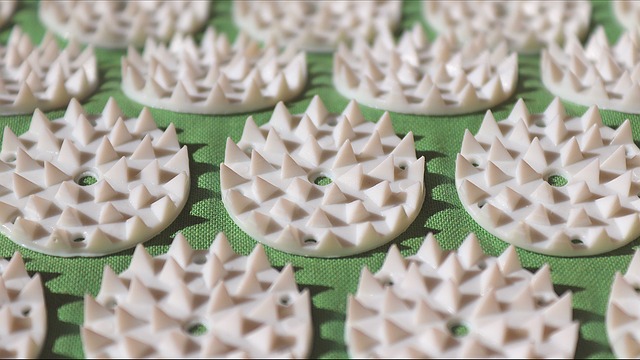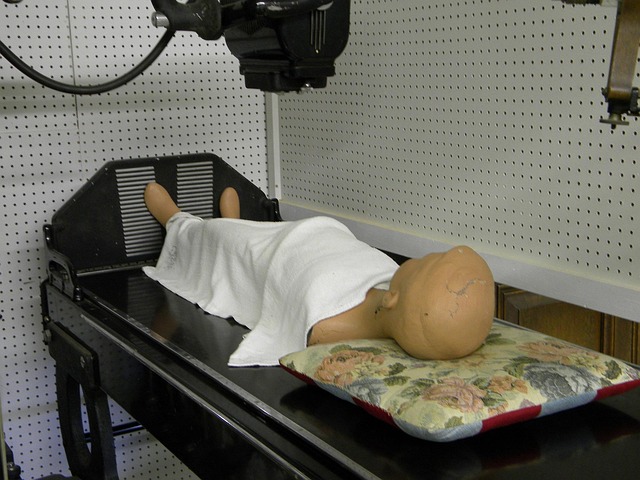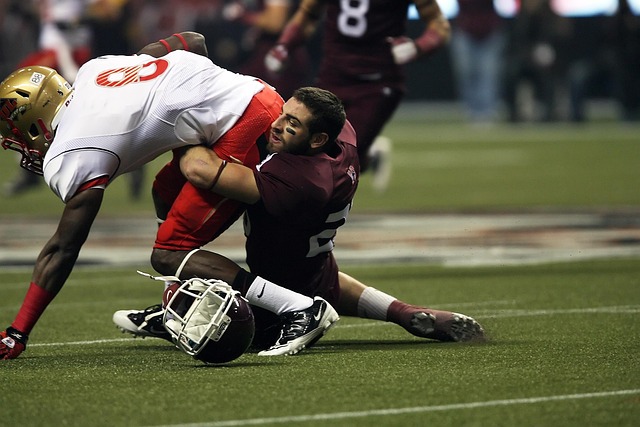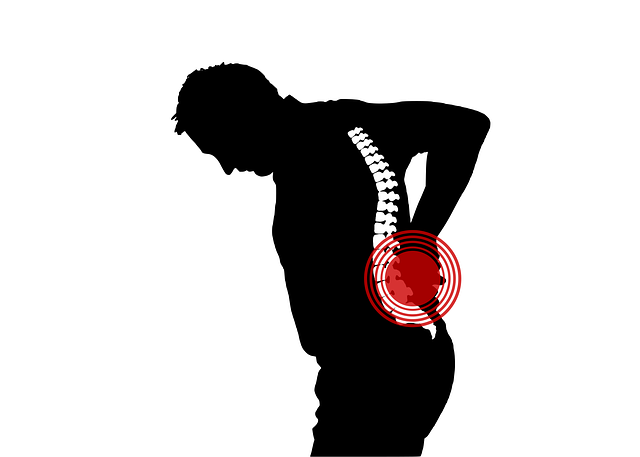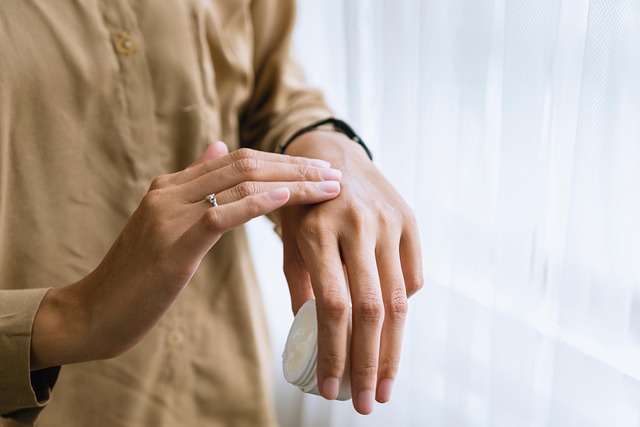Postural issues after accidents can be effectively addressed through X-ray guided posture rehabilitation using corrective chiropractic techniques. Chiropractors utilize X-rays to identify subluxations, creating personalized treatments to realign the body, alleviate pain, and improve mobility. This evidence-based approach prevents further damage from poor posture, promoting overall musculoskeletal health and balance, while speeding up recovery and encouraging improved posture habits after accidents.
“Experience postural issues after an accident? X-ray guided posture rehabilitation offers a transformative solution. This comprehensive guide delves into understanding specific postural challenges arising from accidents and highlights the pivotal role of advanced imaging in precise treatment. We explore ‘corrective chiropractic’ techniques, a game-changer for optimal recovery. By integrating x-ray guidance, this approach ensures targeted adjustments, fostering effective healing and restoring your body’s natural alignment.”
- Understanding Postural Issues After Accidents
- The Role of X-ray Guided Posture Rehabilitation
- Corrective Chiropractic Techniques for Optimal Recovery
Understanding Postural Issues After Accidents
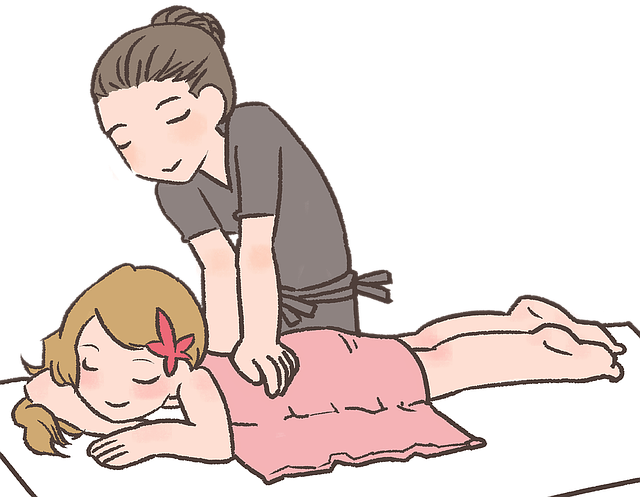
Postural issues often arise after accidents, such as car collisions or falls, leading to misalignments in the spine and joints. These misalignments can cause a range of discomforts and health problems if left unaddressed. X-ray guided posture rehabilitation offers a precise approach to understanding and correcting these issues.
Chiropractors utilize x-rays to visually assess the spine and identify areas of deviation from normal alignment, known as subluxations. This allows for the development of tailored corrective chiropractic treatments aimed at realigning the body and restoring its natural balance. Such interventions can alleviate pain, improve mobility, and prevent further complications associated with prolonged poor posture after accidents.
The Role of X-ray Guided Posture Rehabilitation
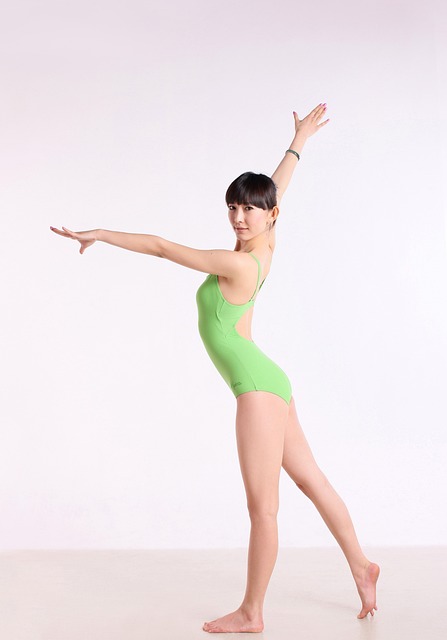
X-ray guided posture rehabilitation plays a pivotal role in addressing postural issues that often arise after accidents or injuries. By utilizing X-rays as a diagnostic tool, healthcare professionals can accurately identify misalignments and imbalances in the body’s structural framework. This detailed visualization enables them to tailor corrective chiropractic manipulations, focusing on realigning vertebrae, joints, and muscles to restore optimal posture.
Such guided rehabilitation is particularly beneficial for individuals looking to alleviate pain, improve mobility, and prevent further damage caused by poor postural habits resulting from accidents. It offers a precise, evidence-based approach to treatment, ensuring that each session targets specific issues while promoting overall musculoskeletal health and balance.
Corrective Chiropractic Techniques for Optimal Recovery

Corrective Chiropractic offers specialized techniques tailored for optimal posture rehabilitation after accidents, focusing on addressing underlying structural misalignments. Chiropractors employ hands-on adjustments to realign the spine and joints, reducing pain and improving mobility. These adjustments target specific areas affected by postural distortions caused by accidents, ensuring a gentle yet effective approach to healing.
For individuals recovering from accidents, corrective chiropractic can play a pivotal role in restoring proper alignment and supporting the body’s natural healing process. By correcting spinal misalignments, chiropractors help alleviate pressure on nerves, enhance joint function, and promote better posture, all of which are crucial for a successful recovery. This holistic approach not only accelerates physical rehabilitation but also empowers individuals to maintain improved postural habits, preventing future issues.
X-ray guided posture rehabilitation, particularly through corrective chiropractic techniques, offers a promising approach for individuals dealing with postural issues stemming from accidents. By combining advanced imaging with specialized treatments, this method ensures precise adjustments to the spine and surrounding structures. Such interventions not only alleviate pain but also promote faster recovery and improved overall posture. For those seeking optimal recovery from accident-related postural challenges, corrective chiropractic techniques guided by X-ray assessments are a valuable option.

